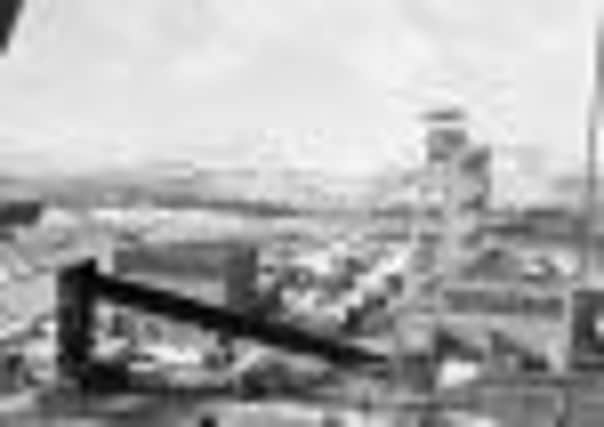Nostalgia: Mining


Scotland’s pits employed more than 14,000 people at the beginning of the 1980s and Bilston Glen was the jewel in the crown. But as the biggest and most modern facility in the country, it was also the flashpoint of the industrial unrest which was to follow.
This week Bilston Glen was back in the news as the anti-bypass campaigners who have been occupying an area of woods prepare to mark ten years of their camp protest.
Advertisement
Hide AdAdvertisement
Hide AdThey have little connection but no doubt share solidarity with the men who stood up for their own cause and the destruction of an entirely different kind in 1984. The imposing structures at Bilston Glen, captured in our main picture from 1956 was a landmark in the shadow of the Pentland Hills.


It was finally closed by the National Coal Board in 1989, marking the end of an era for the entire country.
Its demise would have been hard to imagine for the miners in our photographs from the 1950s. Then it was a job for life, with generations of sons following their fathers down the mine.
In 1984, at the height of the miners’ dispute gripping the UK, Bilston Glen was at the forefront. As, often younger, workers chose to cross the picket lines, there were regular flare-ups.
Men who had perhaps been colleagues, often friends, days before would find themselves at the centre of angry confrontations. Media descended and images were flashed across the country as the story played out. Nothing would ever be the same and the rest, of course, is history.